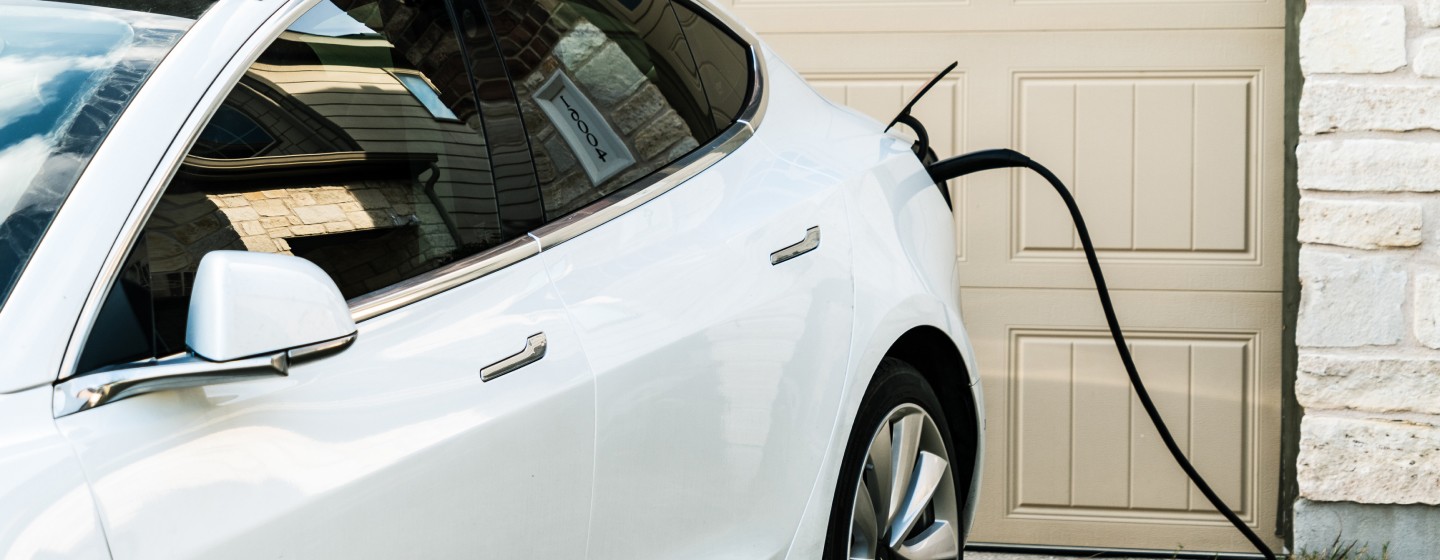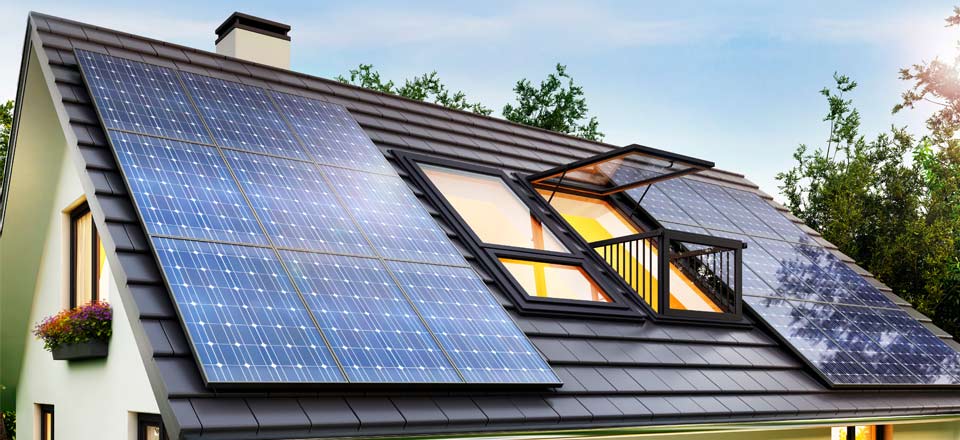
V2G or vehicle-to-grid
V2G or vehicle-to-grid
How to 'power' your home with an electric vehicle (and make money with it)
Electric car batteries will also have applications in the home. In the medium term, the energy generated by solar panels will soon be able to be stored in them and recovered for use in homes. There will also be possible economic returns
Home automation and integrating technology in homes are supporting the process to a true energy transition in our homes. Household appliances are more efficient. Homes can be self-sufficient in energy with solar panels or other installations, and it's able to distribute the electrical flow in different directions depending on the needs. These connected houses can even produce electricity surpluses that can be translated into economic returns for their owners.
In this context that is already a plausible reality, electric cars can also play a role because they're a sustainable means of transportation and even serve as places to store that energy. Charging a car is simple when you have a photovoltaic system at home, just plug it in and let it recharge using the energy produced by the solar panels. You just have to check compatibilities for fast and ultrafast charging.
"Otherwise, there are no problems of incompatibility between electric vehicles and solar energy systems," stated Paula Santos, technical director of the Unión Española Fotovoltaica (UNEF), the industry’s main association in Spain. The expert did clarify that "it's advisable to study the homes’ consumption to properly integrate the amount of energy the car uses and that it doesn't affect other appliances."

One step further: 'Vehicle-to-home' and 'vehicle-to-grid'
One step further: 'Vehicle-to-home' and 'vehicle-to-grid'
At this point, once an electric car is charged using a self-consumption energy system, there are several options: use the vehicle to move around or to provide energy to the house when the weather conditions don't allow the panels to be used. There is even a third option— to send that electricity into the grid and make money from it. "It's about understanding the house as a whole, in which the car is integrated as a consumer, but also as an energy supplier," explained Javier Aríztegui, portfolio manager of the Repsol Technology Lab.
'Vehicle-to-home' systems enable renewable energy generated by solar panels to be stored in the car battery when weather conditions are optimal or when the electricity market is cheaper. That energy can be used in the house at another time: at night or peak consumption, when electricity is more expensive. In addition, when the system allows that energy to be sent to the grid, it's known as 'vehicle-to-grid,' and you can make a profit as an electricity producer.
"It is about understanding the house as a whole, in which the car is integrated as an energy consumer, but also as a supplier." Javier Aríztegui, Repsol.
To facilitate the smart management of these systems, companies such as Repsol are developing what are known as EMS (Energy Management System), which could help their customers reduce energy consumption by up to 20% in air conditioning and up to 40% in the cold chain. Based on artificial intelligence algorithms, the EMSs "learn what our consumption habits are and make an estimate of what demand will be like in homes throughout the day. As a result, they adjust the consumption of each appliance and control when the car batteries can take the energy or should return it to the home," Javier Aríztegui highlighted.
For 'vehicle-to-grid', the contribution of the battery goes directly to the electric grid. "If this is done in a coordinated way by many users, the contribution to the electricity system is significant, and they are compensated for it," Aríztegui stated. The Spanish company is currently developing a device that aggregates EMS systems so that they operate as if they were a single entity in the electricity market. It's known as VAM (Virtual Asset Management) and acts in the market by supplying it with energy or reducing the demand of its customers, respecting the needs of each consumer at all times.
In the medium term, 'vehicle-to-home' and 'vehicle-to-grid' can help use energy more efficiently, but they still have to overcome some technological challenges. The main one is that "not all batteries are adapted for the flow to travel there and back." Most electric cars on the market allow power in, but not power out, because discharges can compromise the battery life. "When this issue is solved and the use of EMS becomes widespread, it will completely change the relationship we have with transportation and energy," Aríztegui concluded.
Published in El Confidencial
